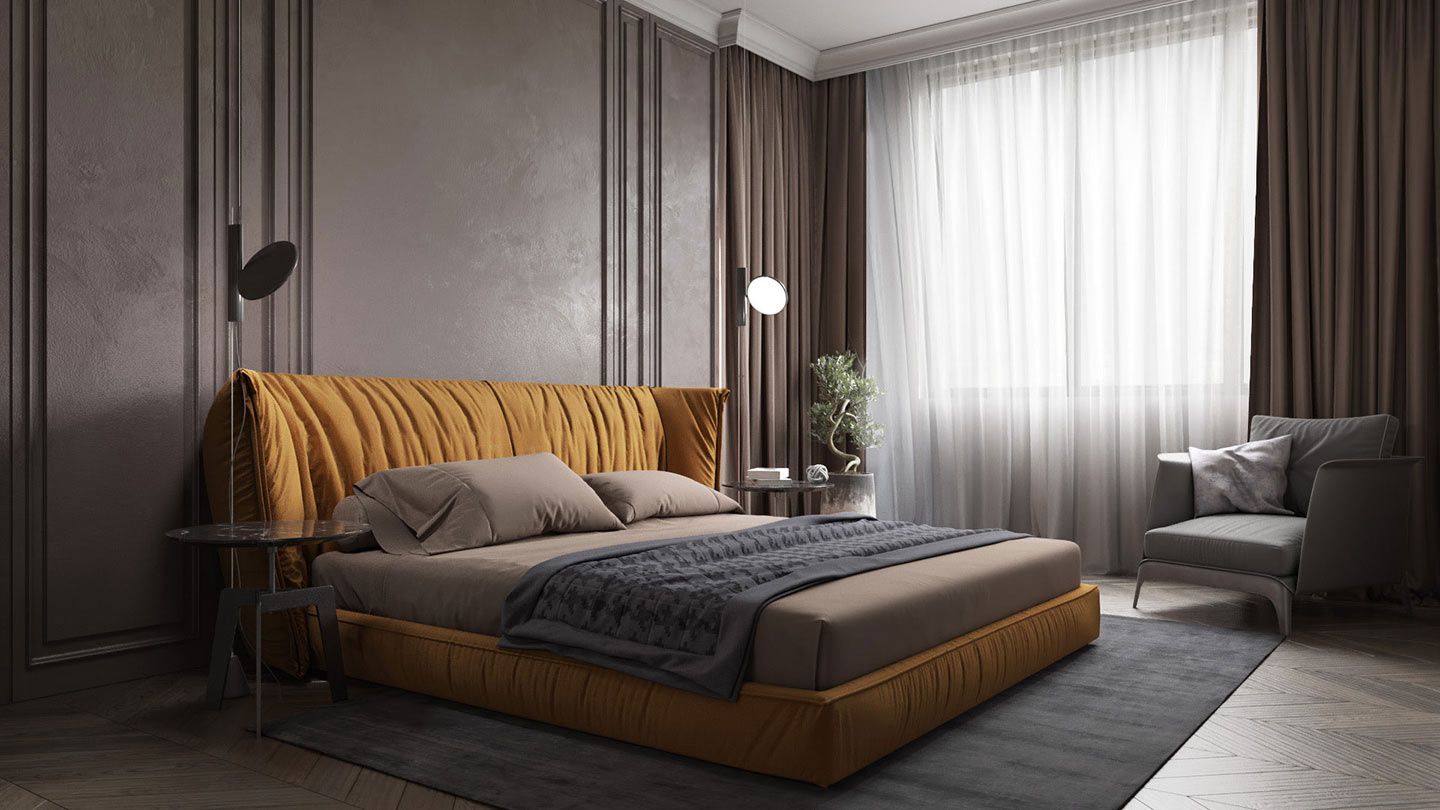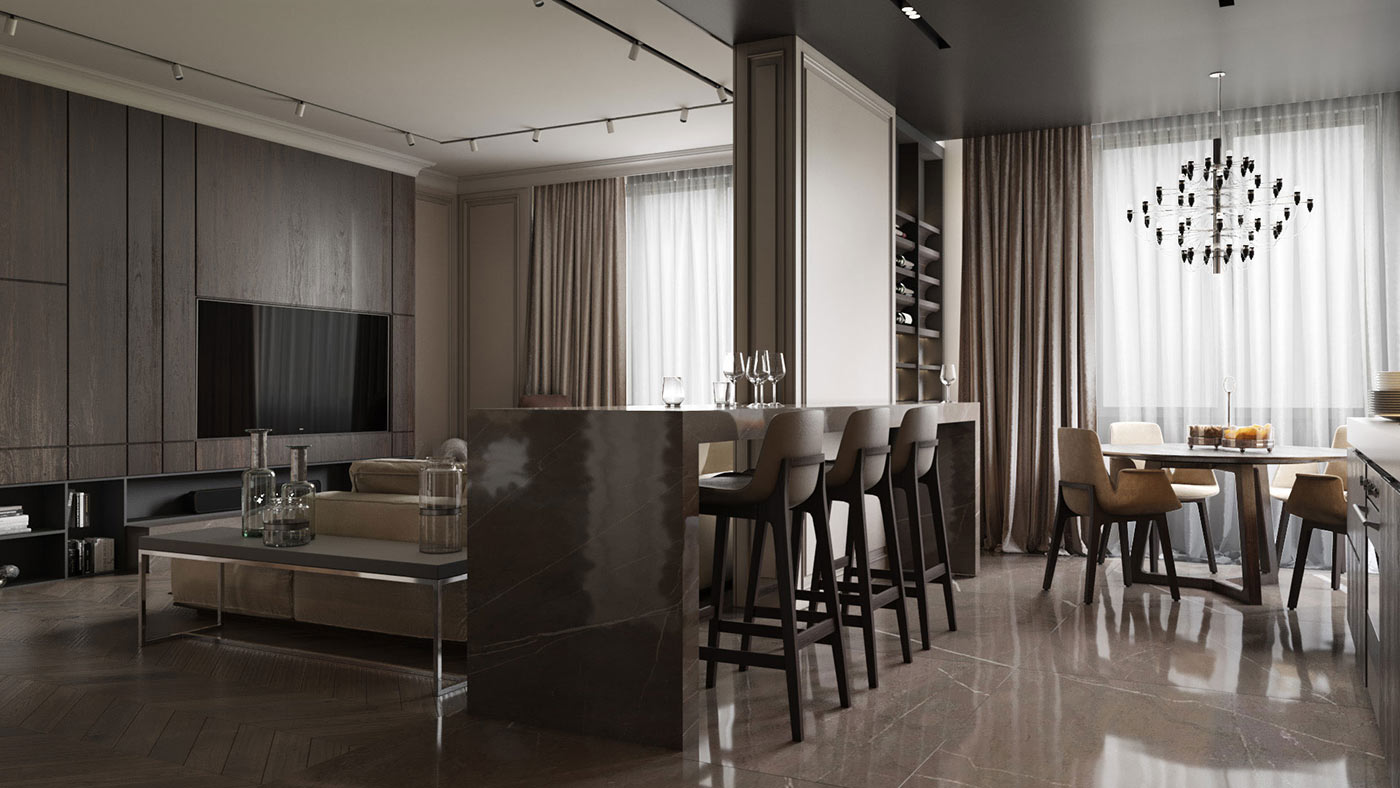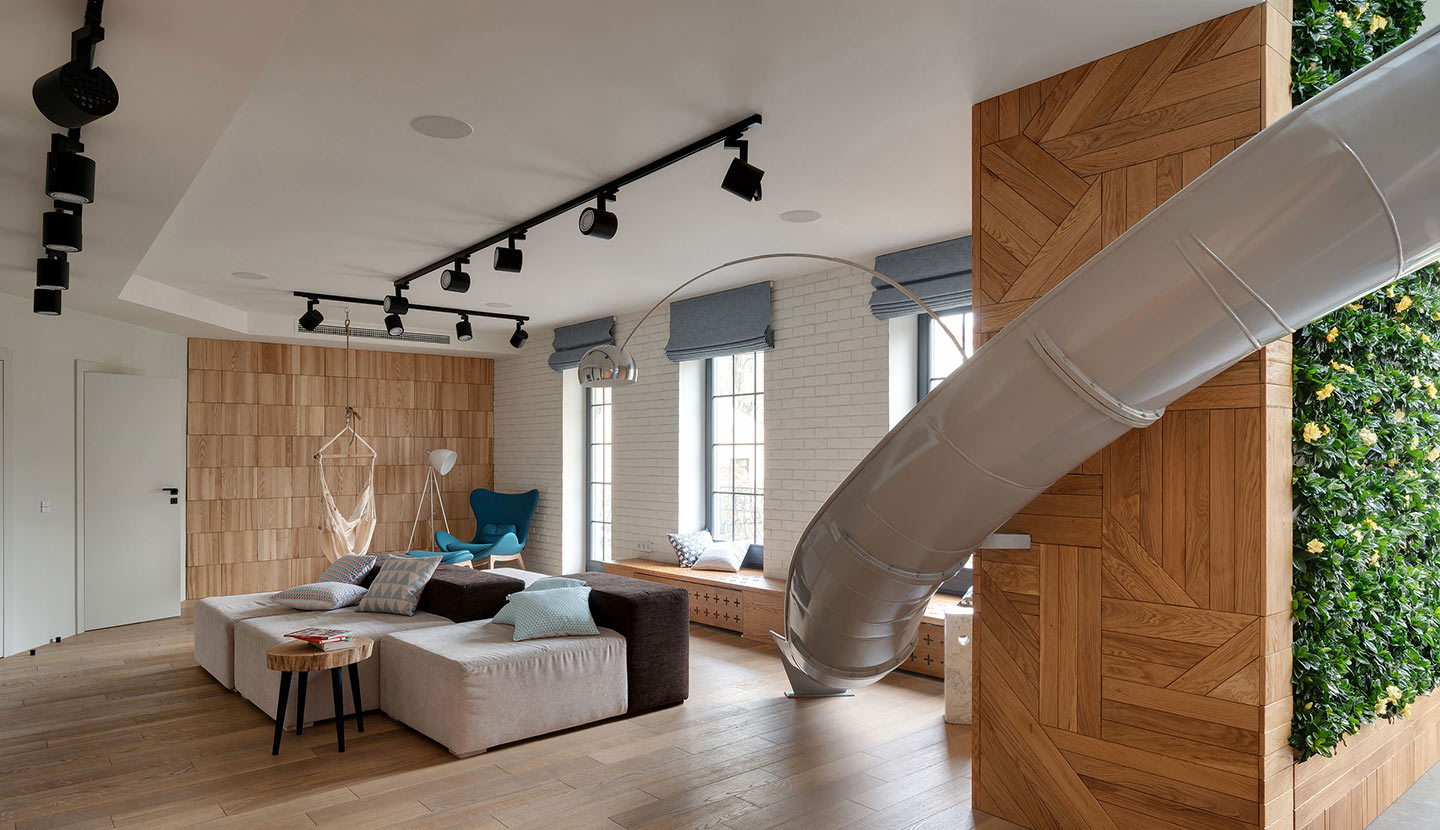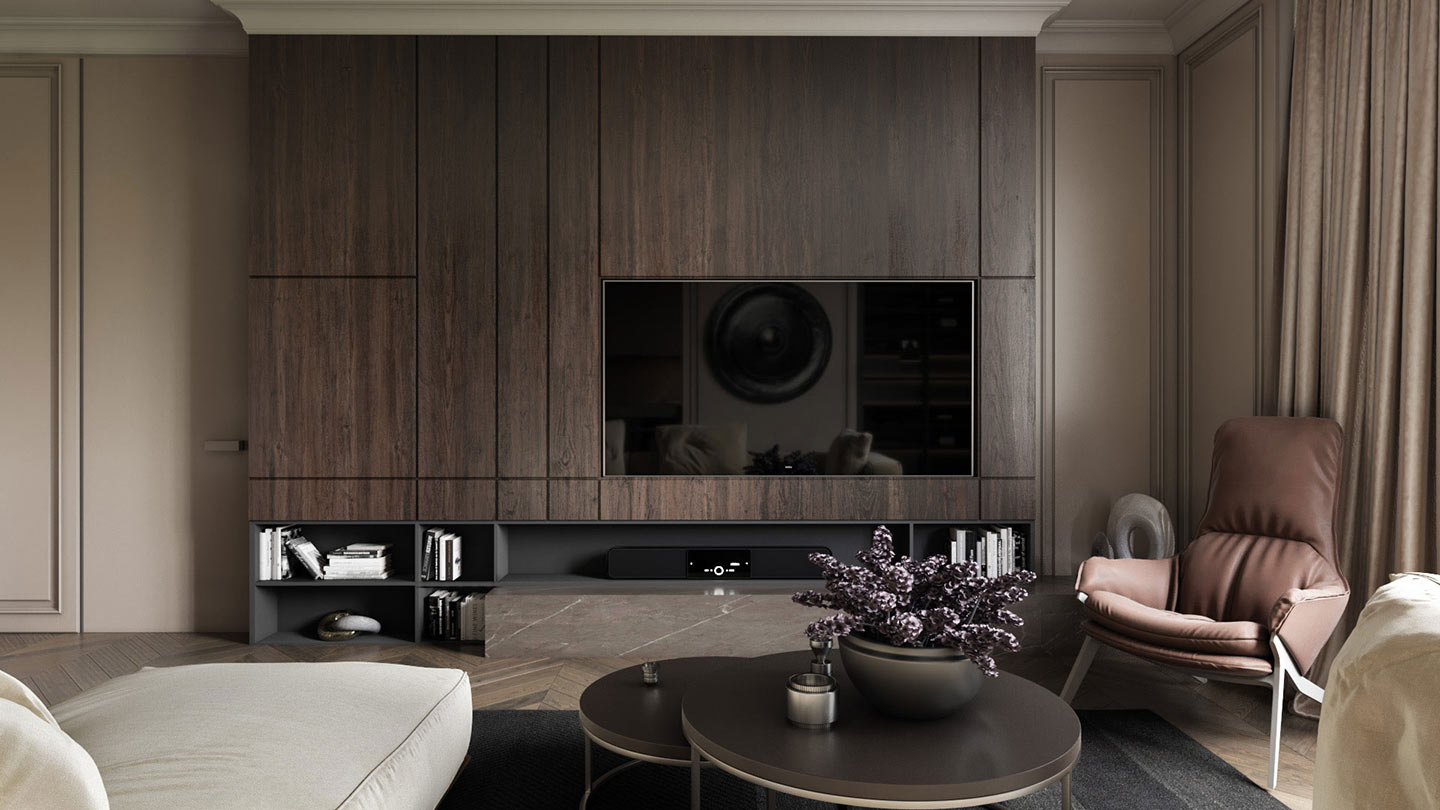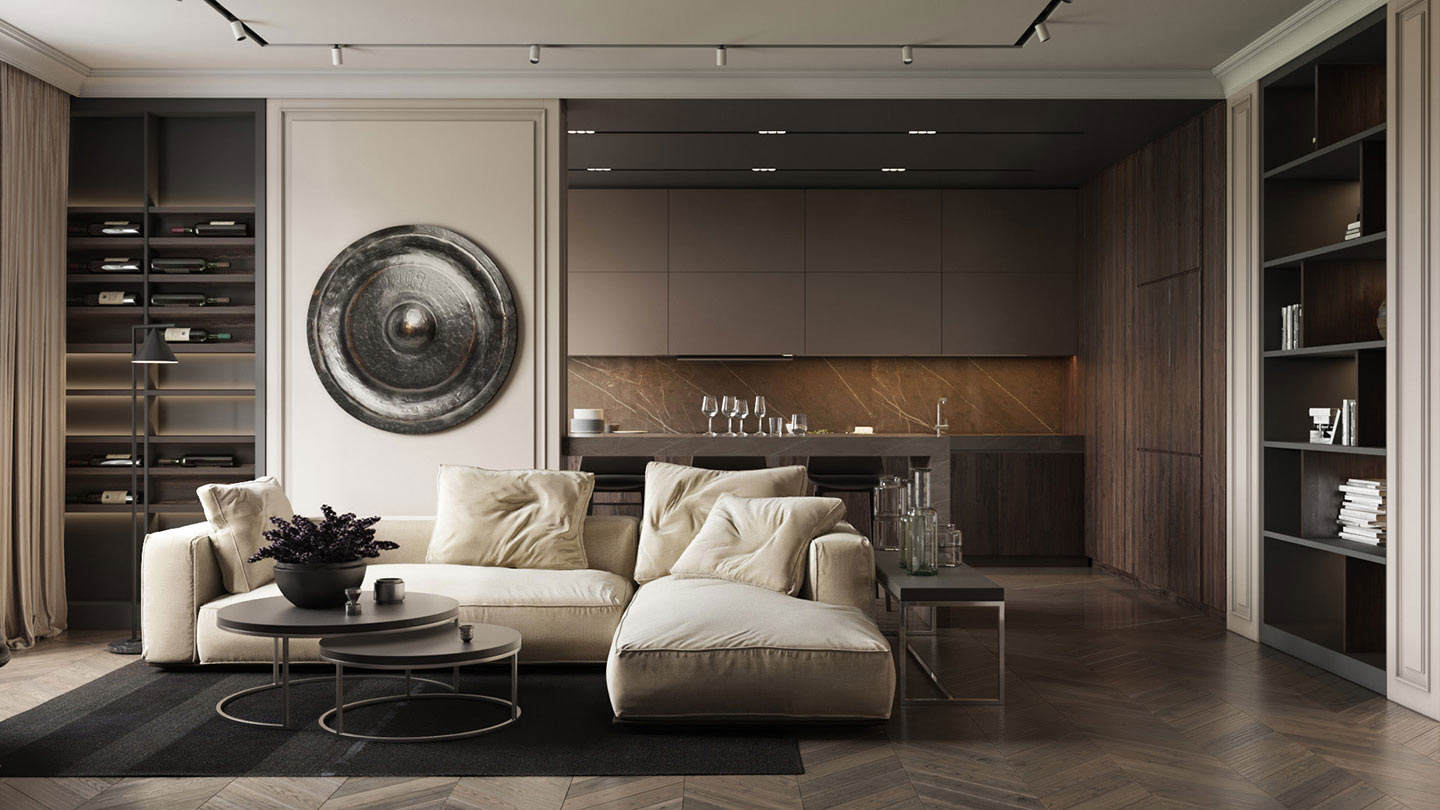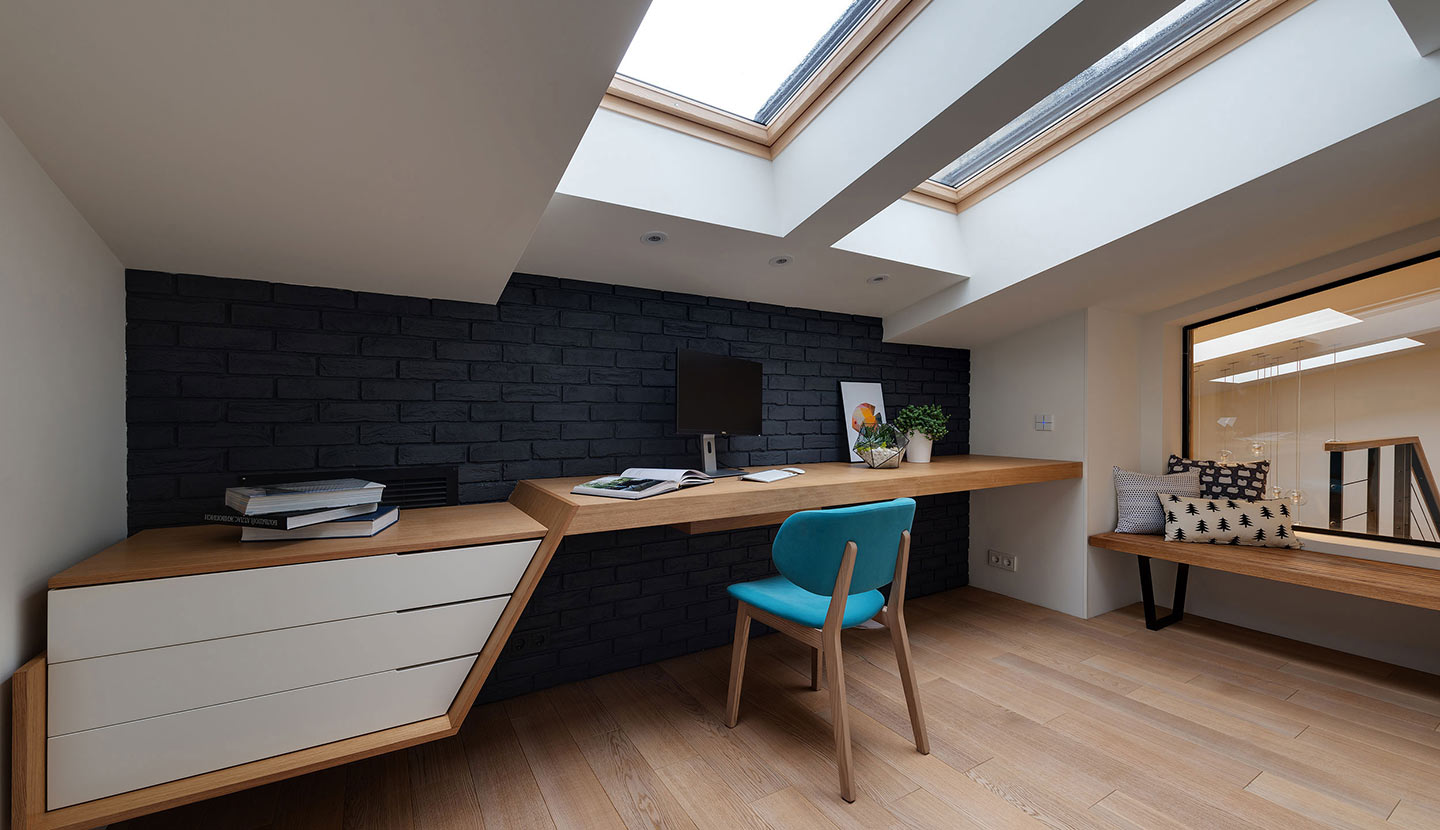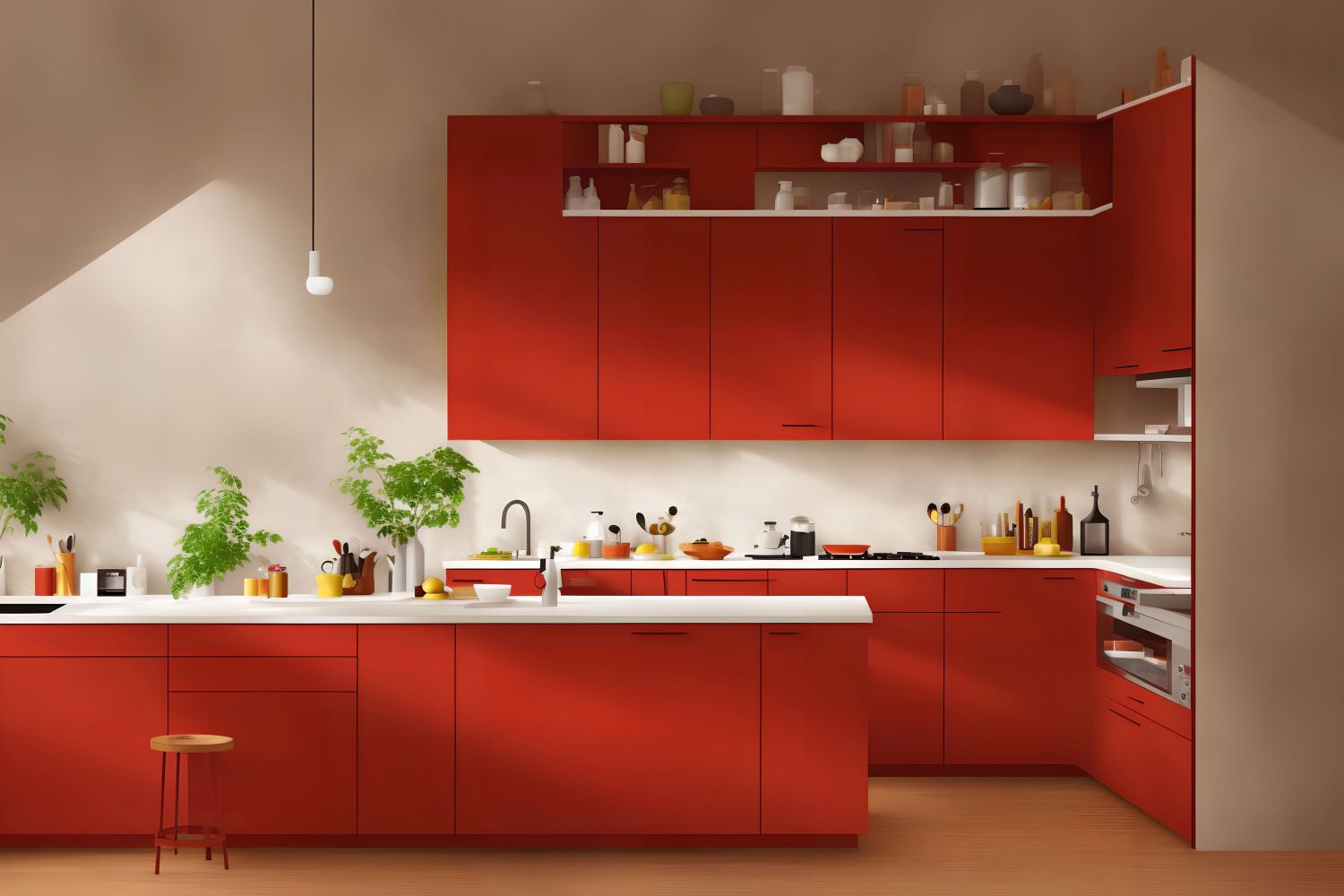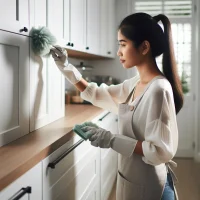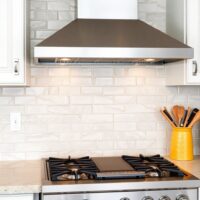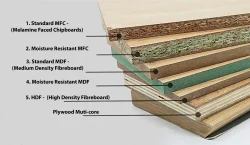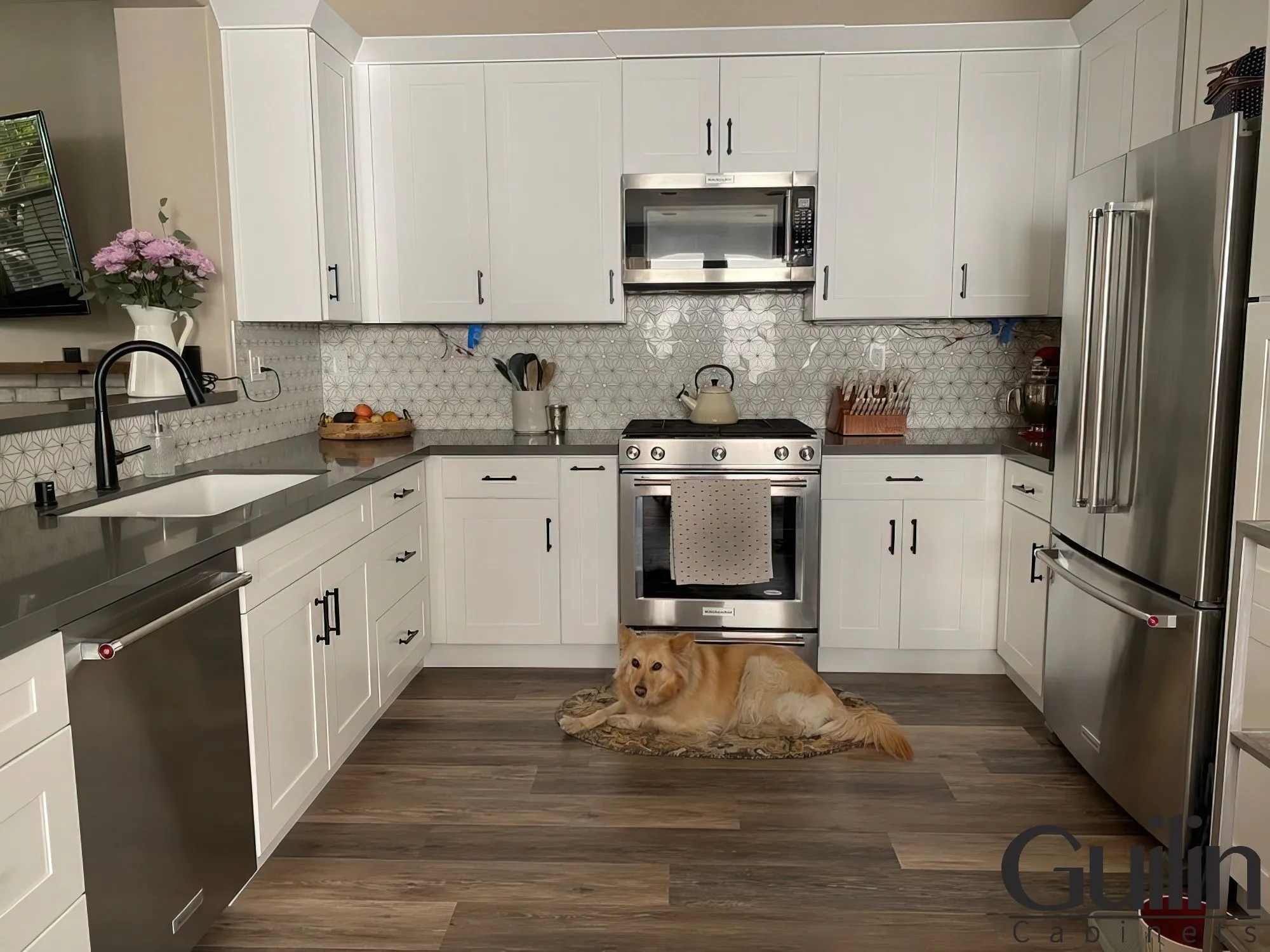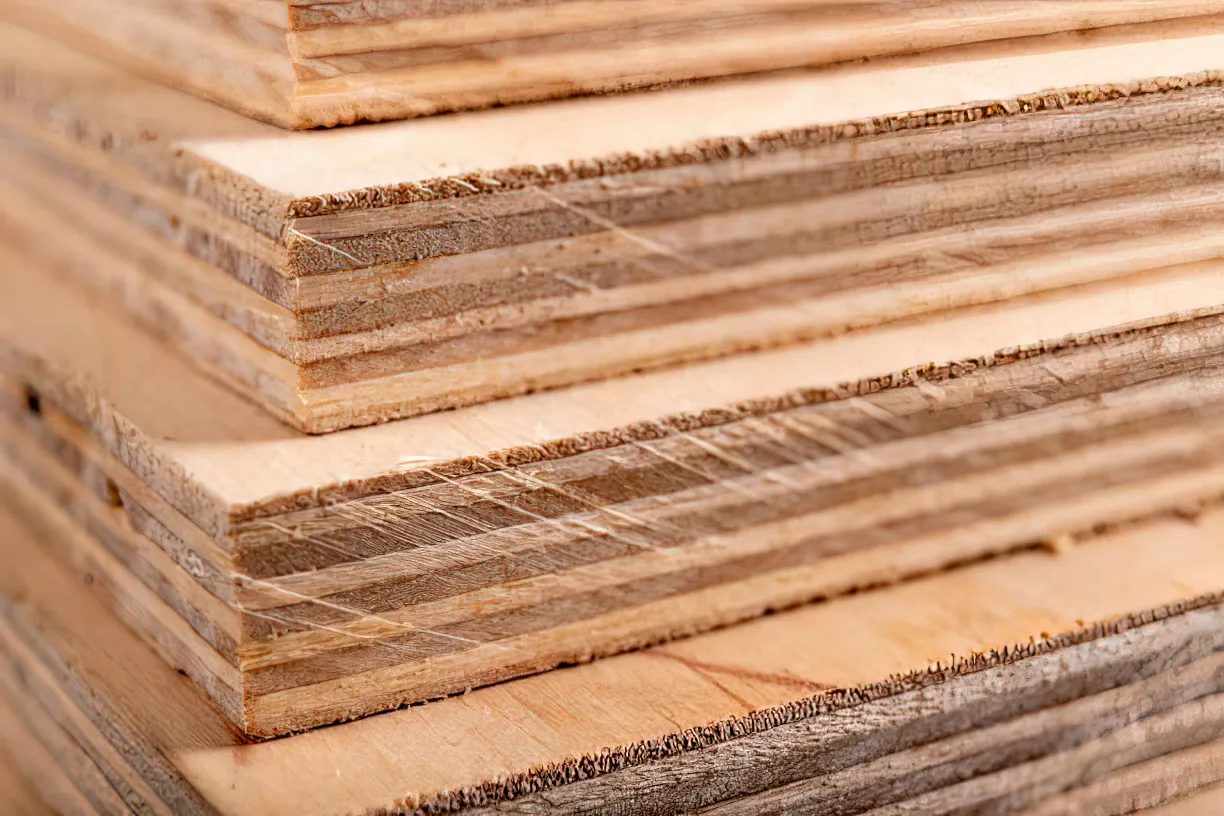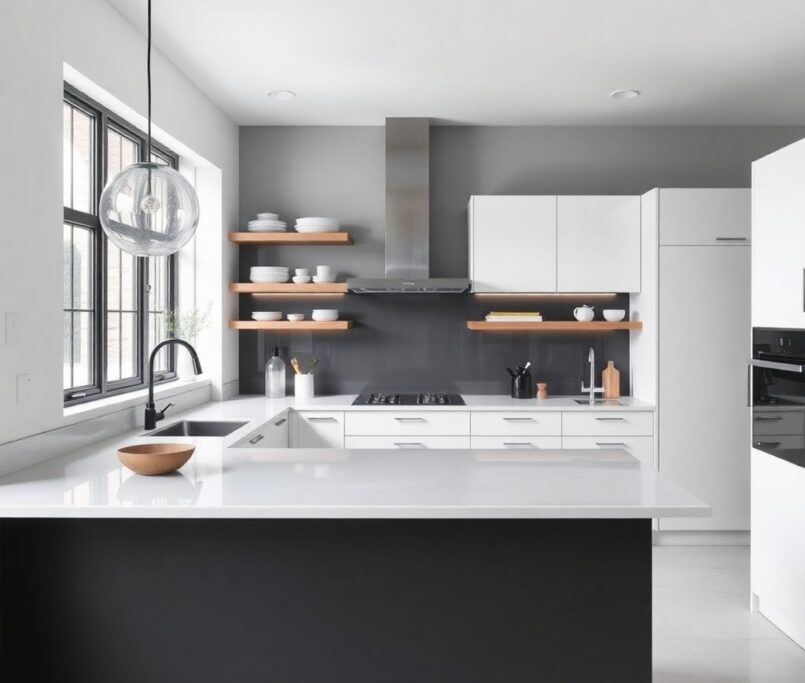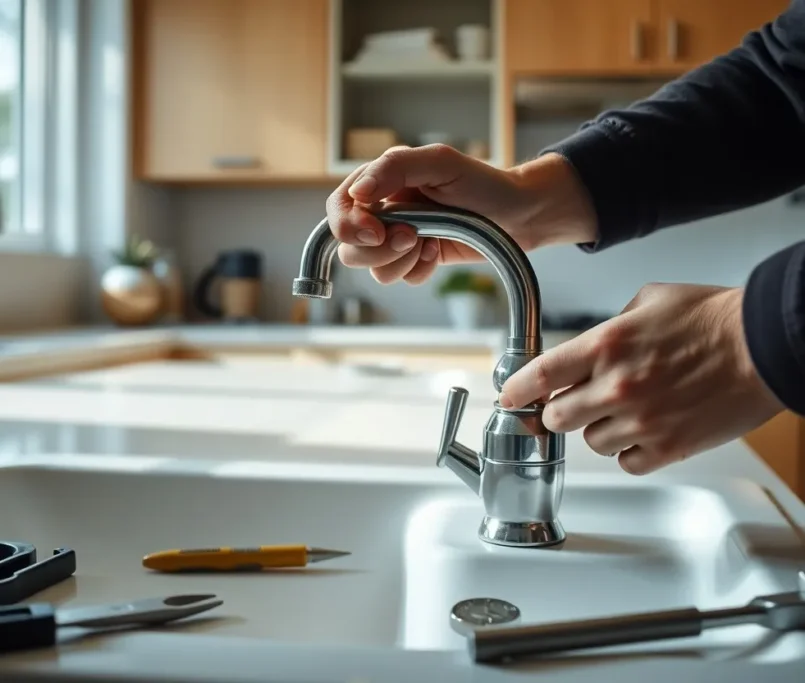The materials you use for the subway tiles for your kitchen backsplash are up to you. Knowing the distinctions between the various materials can help you make a well-informed choice, since each has its own set of advantages and disadvantages. From ceramic and porcelain to glass, stone, metal, composite, and even peel-and-stick options, each type offers unique features that can enhance the aesthetic appeal and functionality of your kitchen.
Overview of Backsplash Materials
For anyone looking to enhance the aesthetic and functional elements of their kitchen, a backsplash serves as both a protective layer and a design statement. It complements the overall decor, adds character, and can even act as a focal point that draws attention in the room. With a myriad of materials available, each offering unique visual appeal and benefits, selecting the right backsplash can significantly elevate your kitchen’s style. Think about the maintenance required for each material, as some may need regular sealing or specific cleaning methods to stay looking great.
- Style: Consider how your backsplash will blend with your kitchen design.
- Durability: Evaluate how well the material will withstand heat, moisture, and stains.
- Maintenance: Determine the upkeep required to keep your backsplash looking pristine.
Types of Materials:
Ceramic and Porcelain
Subway tiles made of ceramic or porcelain are popular options because of their traditional and timeless style. They are long-lasting, simple to maintain, and available in a rainbow of colors and textures to complement any home’s decor. Porcelain tiles are less porous and denser than ceramic tiles, which makes them more resistant to water and stains.
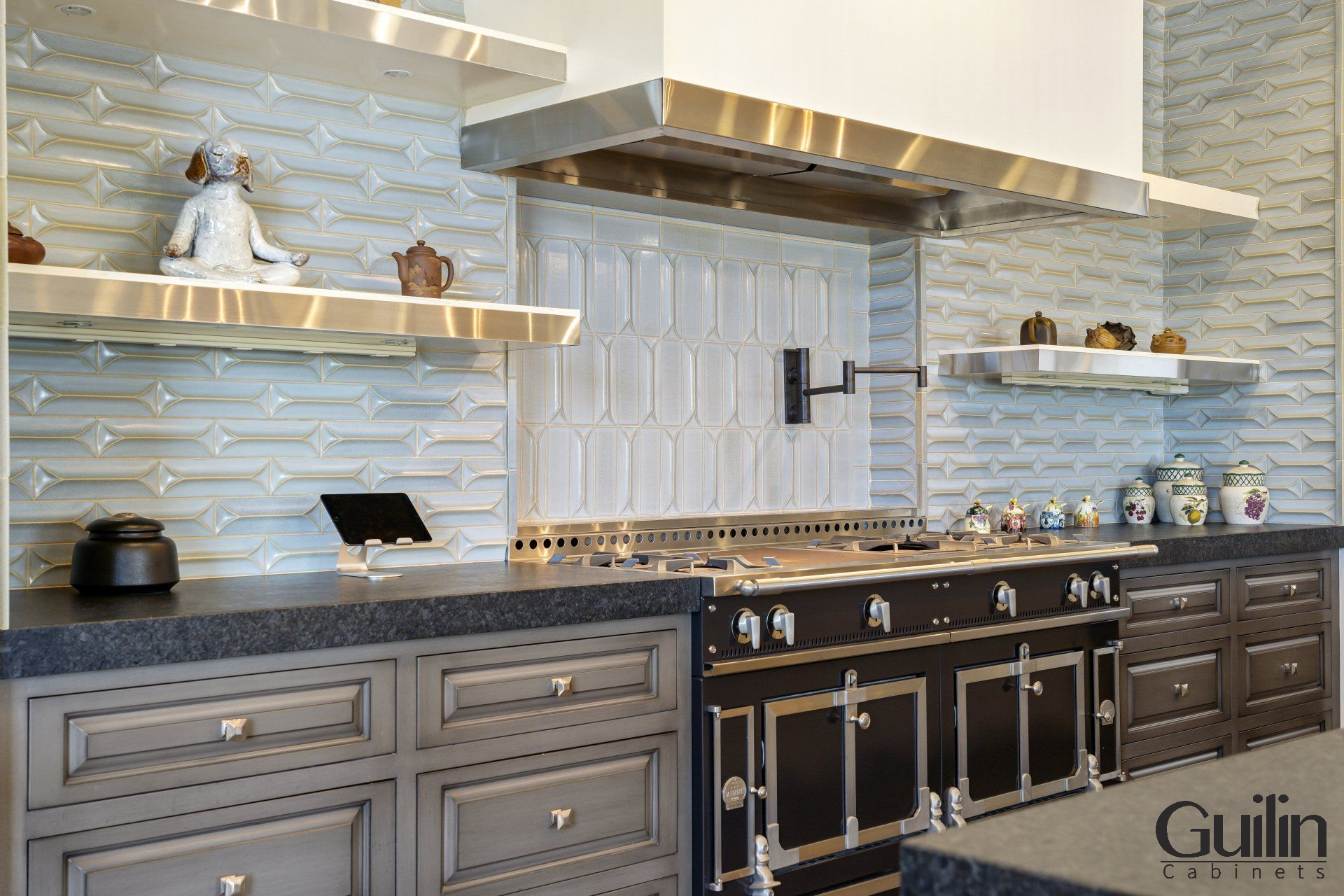
In addition, They are made from a dense type of clay that is fired at high temperatures, making them highly resistant to water and stains. Ceramic tiles, on the other hand, are made from a mixture of clays that are also fired at high temperatures but are less dense than porcelain.
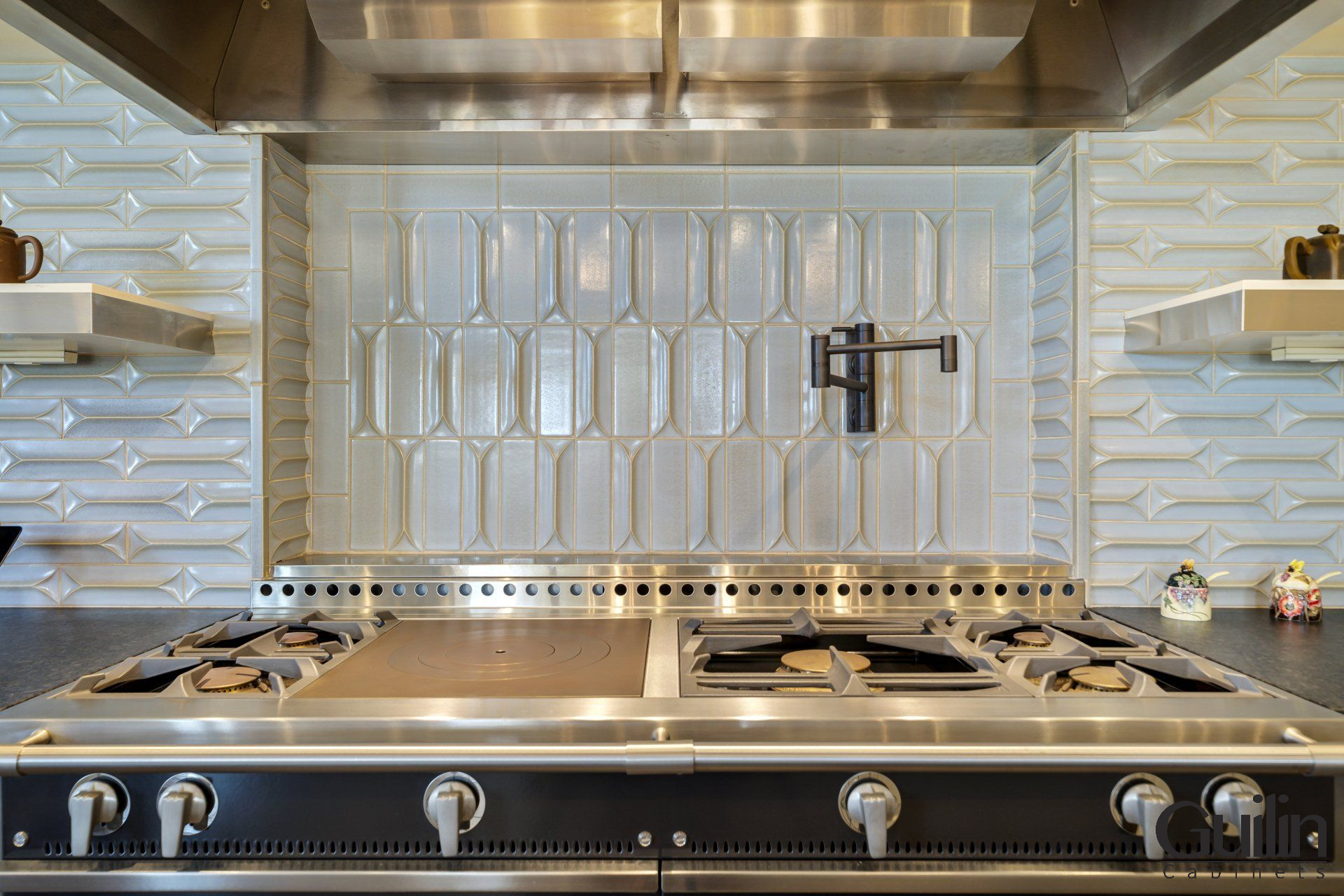
Ceramic and porcelain Tile backsplashes offer a range of advantages, including easy maintenance, resistance to heat and moisture, and a wide variety of colors and patterns to choose from. However, they can be more susceptible to chipping and cracking compared to other materials like glass or metal. Additionally, ceramic tiles may be prone to fading over time, while porcelain tiles are more colorfast.
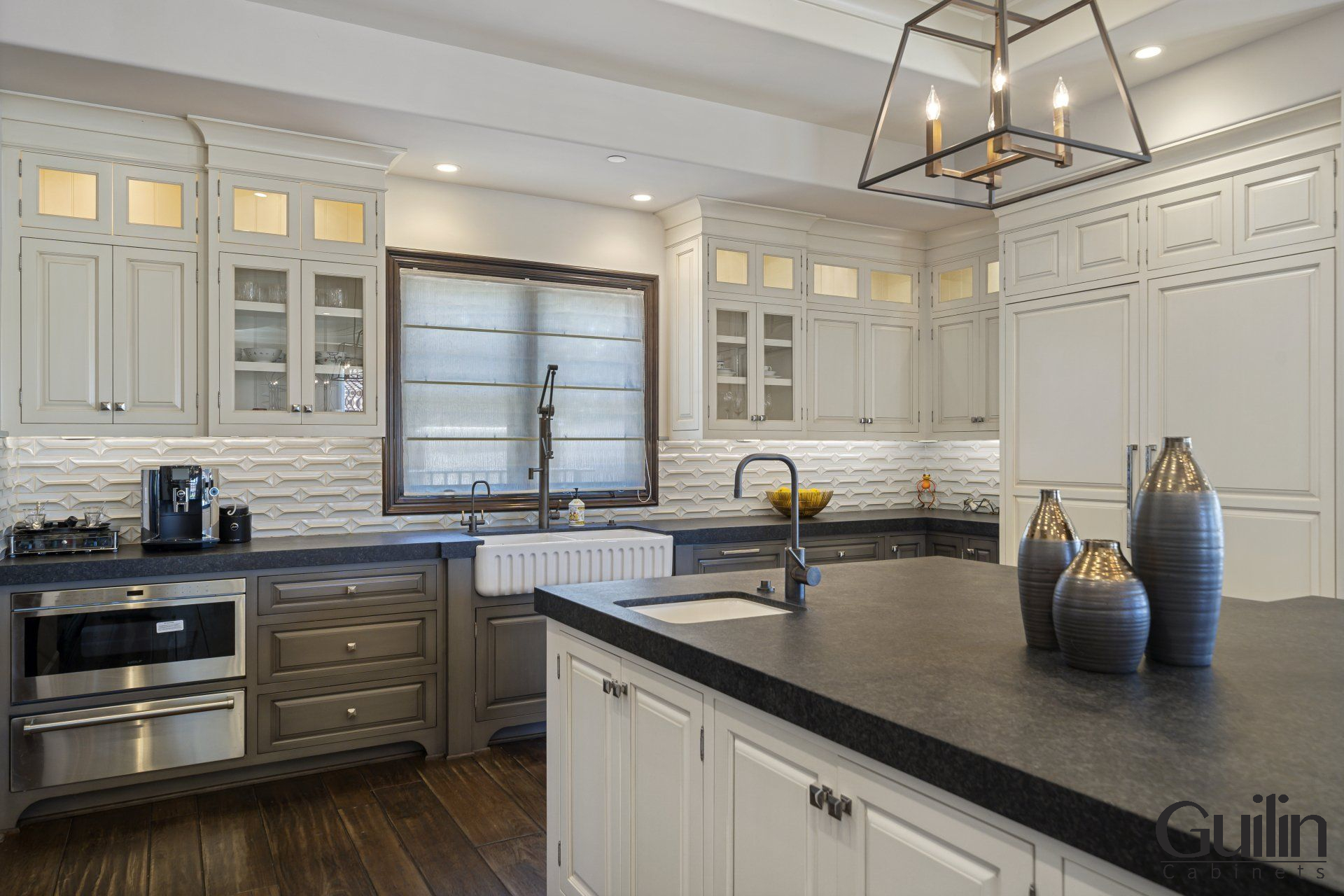
Glass
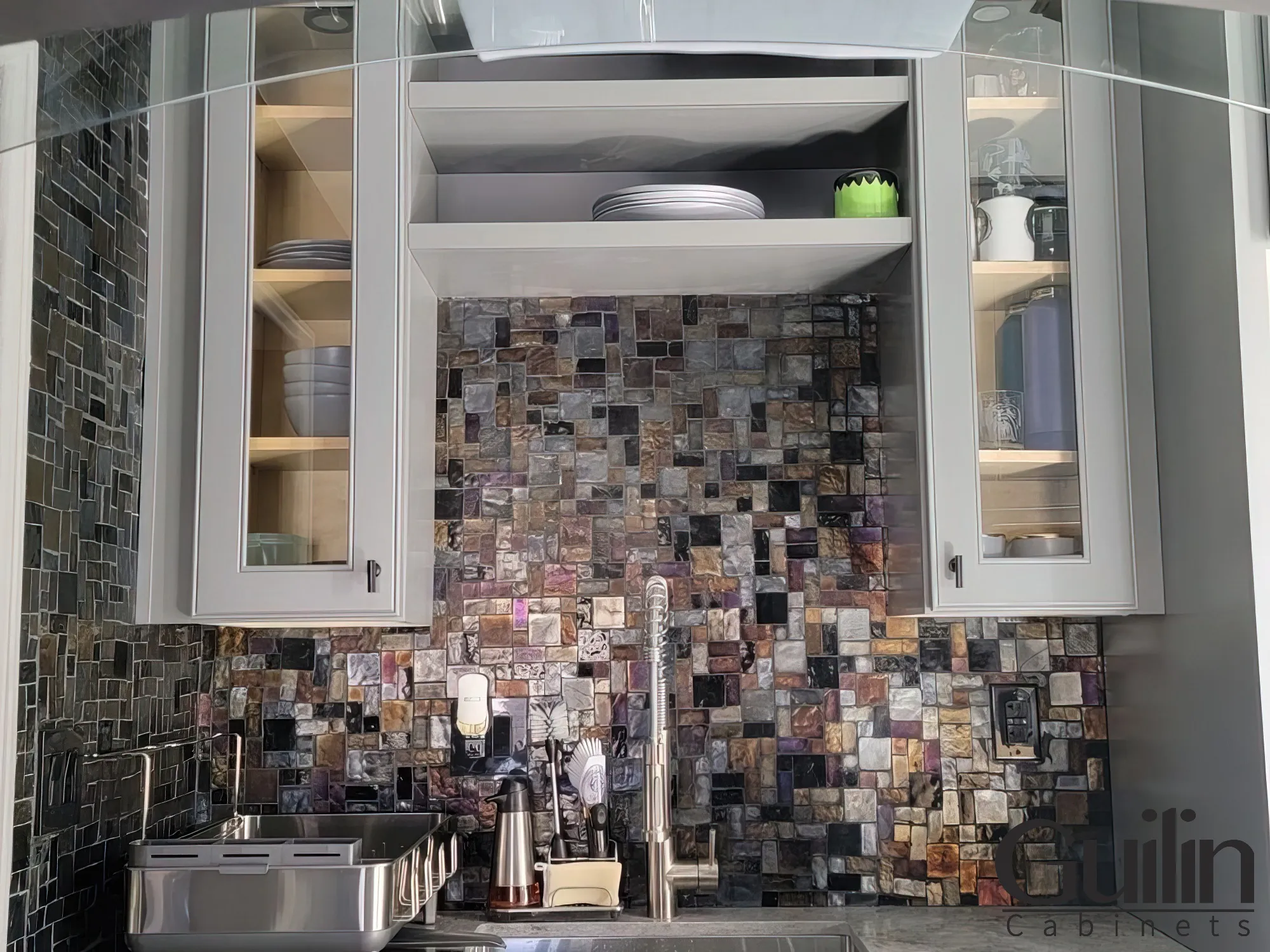
Glass subway tiles are great if you’re going for a contemporary look. Because of the light they reflect, your kitchen will seem larger and brighter. Because they can withstand high temperatures and stains, glass tiles are a great choice for a high-traffic kitchen. On top of that, you can get them in a wide range of colors and finishes to make them fit your style.
=> Related Article: Top 8 Kitchen Countertop Materials Ranked by Popular
Your kitchen backsplash plays a crucial role in the aesthetic appeal of your space. With the wide variety of tile materials available, glass tiles have become a popular choice for many homeowners. Glass tiles are known for their sleek and modern look, reflecting light and creating a beautiful luminous effect in your kitchen. They come in a range of colors, shapes, and finishes, allowing you to customize your backsplash to suit your style and design preferences.
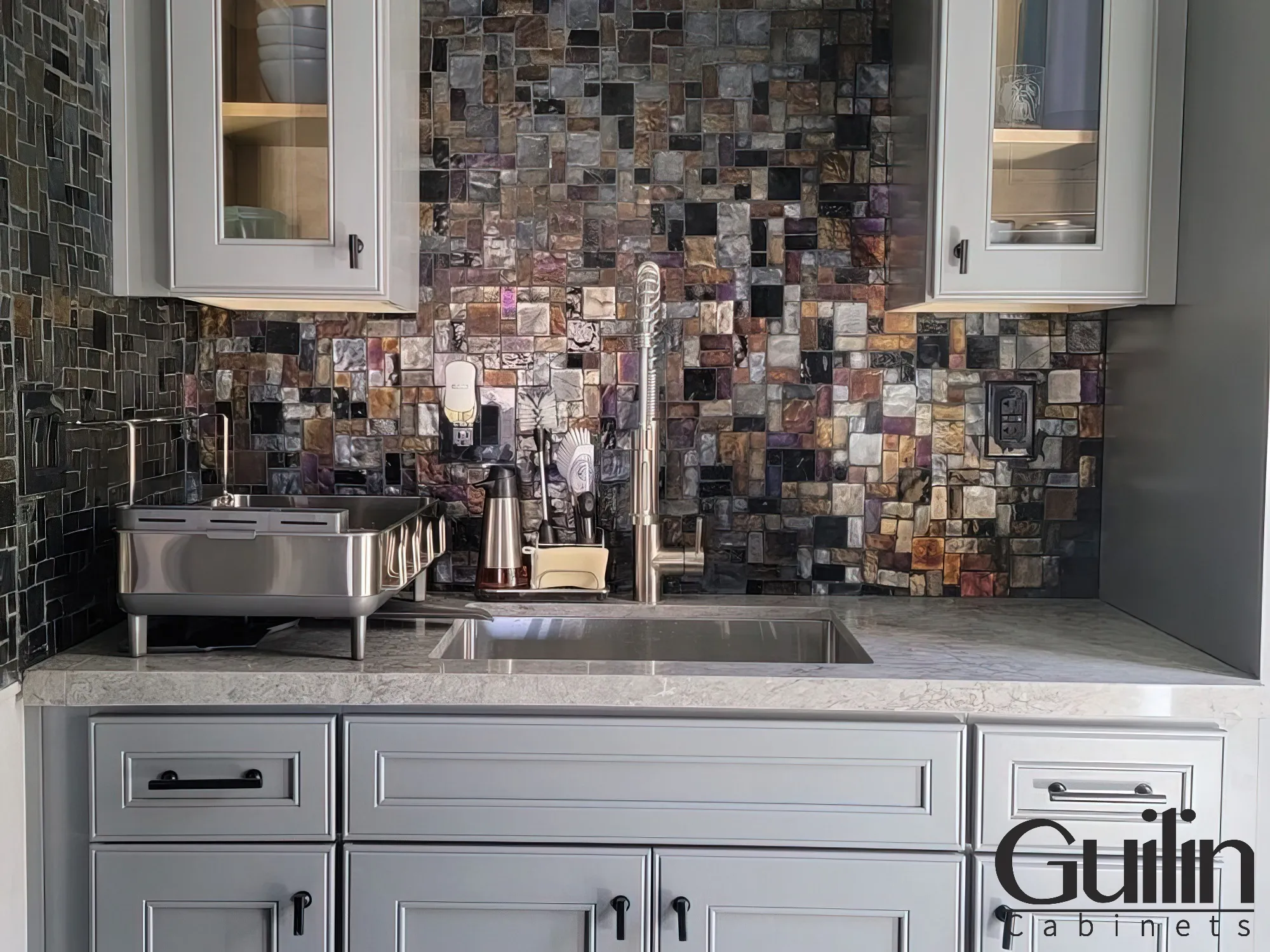
Stone
Stone subway tiles, with their rustic elegance, can transform a plain kitchen into a showpiece. Stones with distinct patterns and textures, such as granite, marble, quaztr… and travertine, can transform the appearance of any room. Although they may be more work to keep looking great, stone tiles are a long-lasting option for a backsplash due to their resilience. Unlike other materials like ceramic and glass, stone tile backsplashes add a unique and natural element to your kitchen. Stone tiles come in various types, each offering its own distinct characteristics and beauty.
=> Related Article: Stone Slab Backsplash: Pros and Cons for Your Kitchen Design
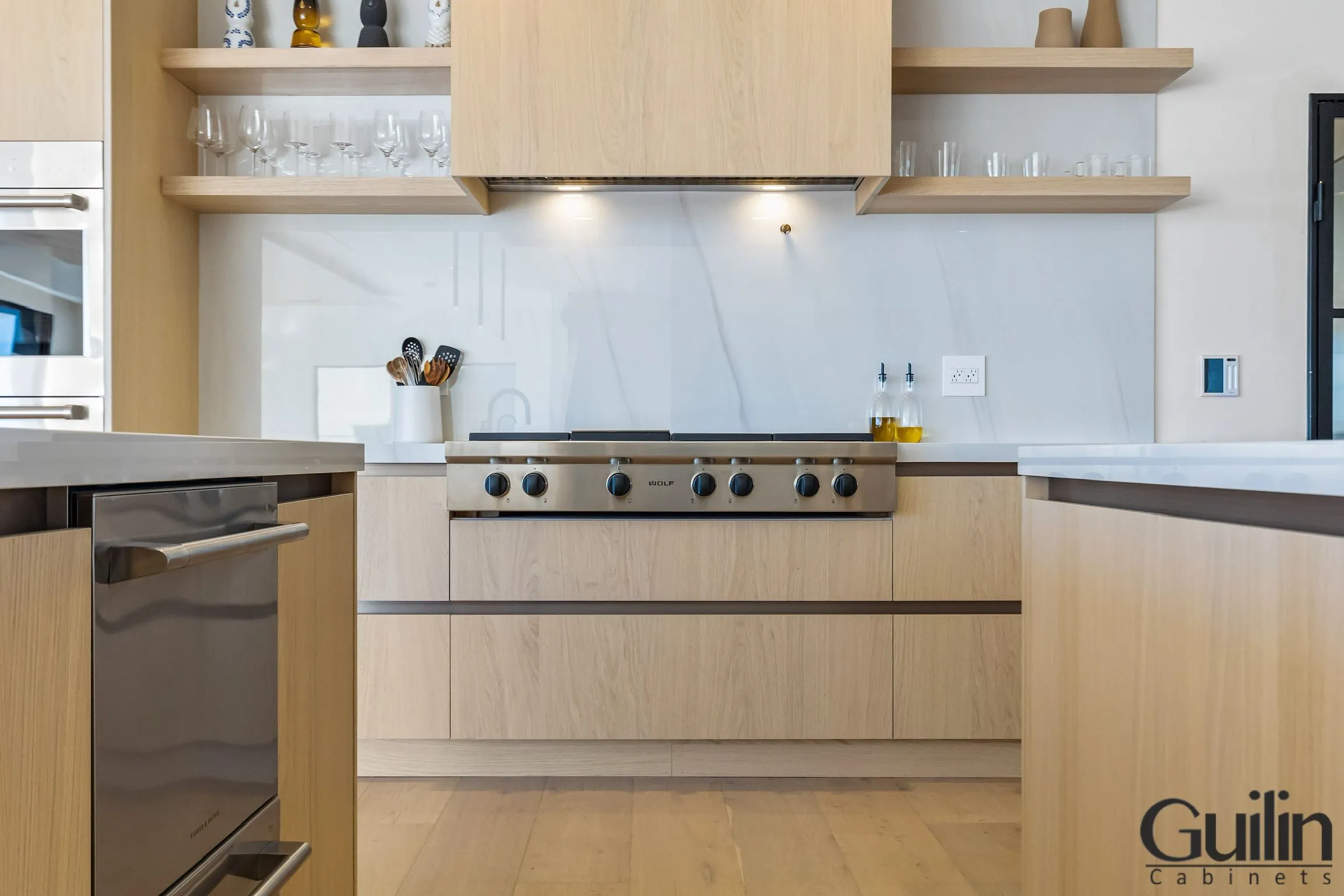
Types of Stone Used in Backsplashes:
| Type | Features |
| Marble | Elegant veining and unique patterns |
| Granite | Heat and scratch-resistant, durable |
| Slate | Natural texture and color variations |
| Travertine | Warm tones, perfect for rustic designs |
| Limestone | Soft, natural appearance and easy to cut |
Used for centuries in various architectural applications, stone tiles offer a timeless and elegant look to any space. They are durable, heat-resistant, and can add significant value to your home. Additionally, stone tiles come in a wide range of colors and textures, allowing for endless design possibilities. However, stone tiles can be more expensive than other materials, and some varieties may require regular sealing to prevent staining. Additionally, the weight of the stone can make installation more labor-intensive.
=> Related Article: The Average Price of Different Countertops
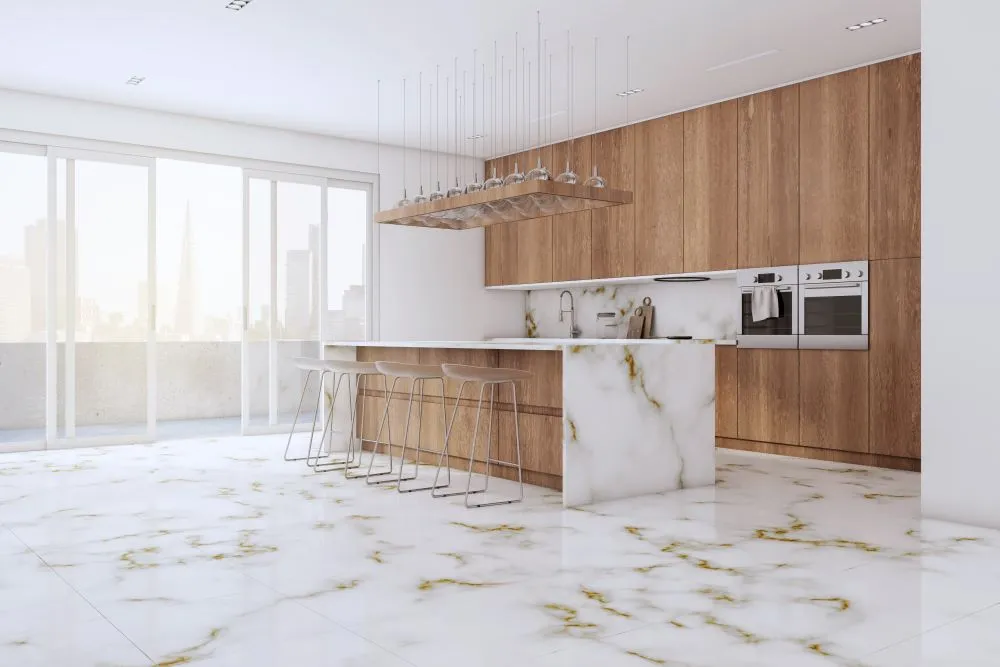
Brick Backsplash
Once again, we’re exploring another popular option for kitchen backsplashes: brick! A brick backsplash can add a touch of rustic charm and warmth to your kitchen, making it a great choice for those who love traditional or vintage-inspired designs.
Exposed Brick vs. Painted Brick
Brick-like surfaces have been a staple in home design for centuries, and when it comes to kitchen backsplashes, you have two main options: exposed brick or painted brick. Exposed brick, as the name suggests, leaves the natural texture and color of the brick visible, creating a rugged, industrial look. This option is perfect for those who want to add a touch of urban chic to their kitchen.
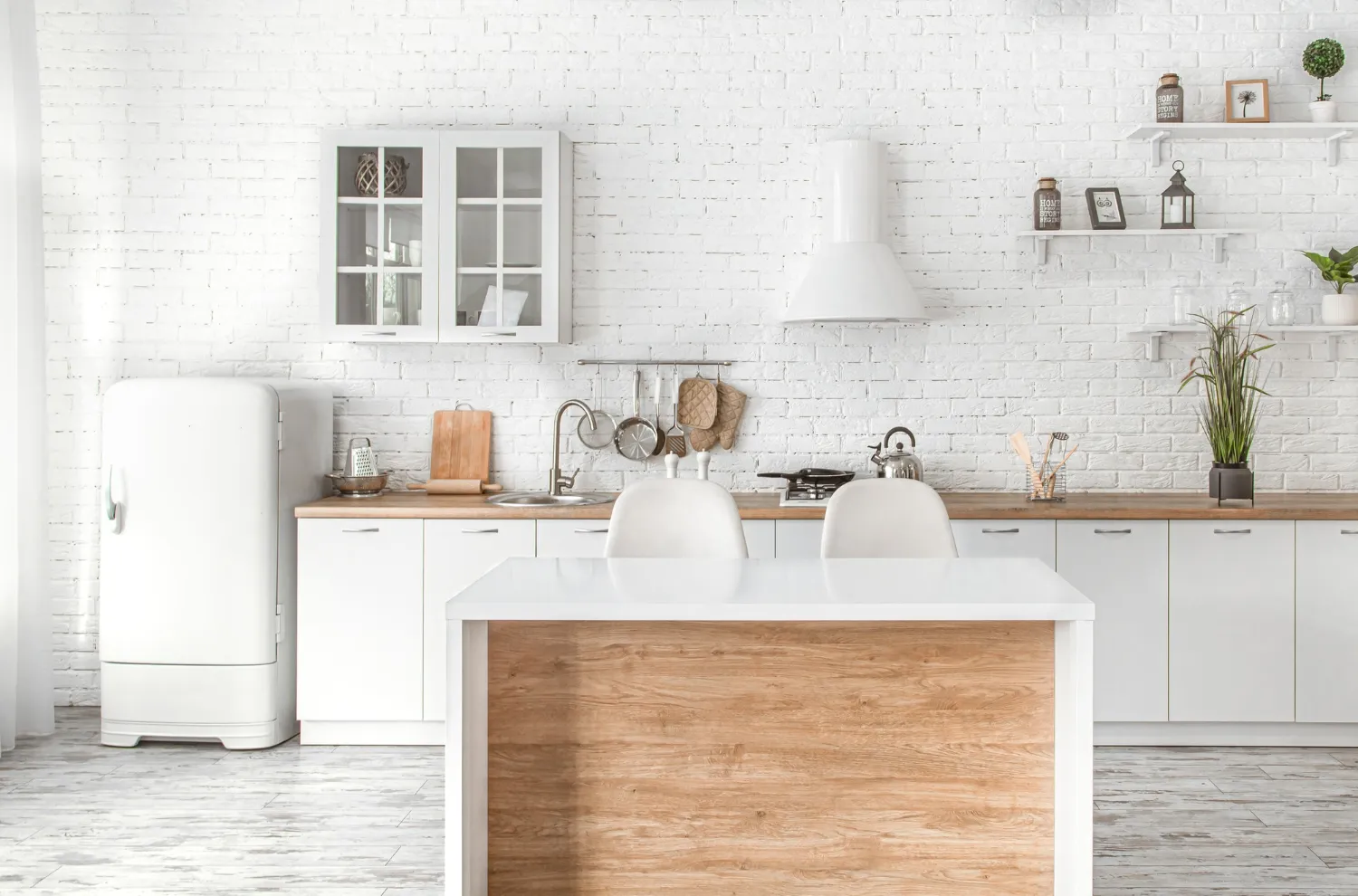
On the other hand, painted brick offers a more refined, sophisticated appearance, allowing you to match the color of your brick to your kitchen’s overall aesthetic. If you choose to go with painted brick, make sure to use a high-quality paint specifically designed for brick surfaces, as regular paint may not adhere well.
Wood
Shiplap and beadboard backsplashes are currently all the rage and look great, but they require special attention to prevent water damage and stains after installation and good sealing before installation. Make sure to check your local code for any requirements for clearance between gas burners and flammable materials. The modern alternative is porcelain wood, which is impervious to water and other liquids and requires little in the way of upkeep.
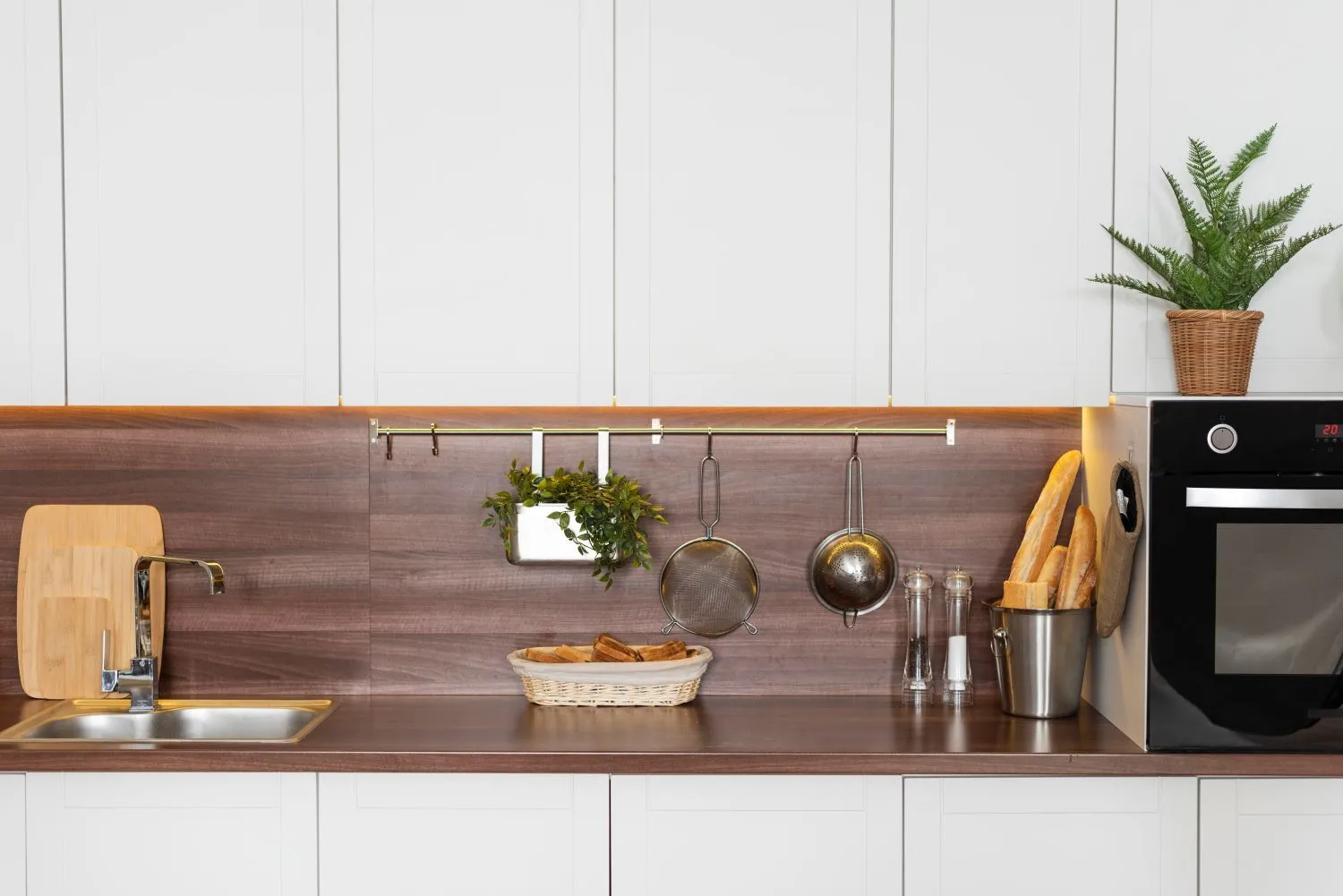
Metal
If you’re going for an ultra-modern, industrial style in your kitchen, consider using metal subway tiles. If you’re looking to upgrade the look of your backsplash, some trendy materials to consider include copper, aluminum, and stainless steel tiles. Metal tiles are a great choice for the space behind the stove or sink since they are resistant to heat and moisture. Consider stainless steel subway tiles; they’re both aesthetically pleasing and practical, making them a great choice for any kitchen.
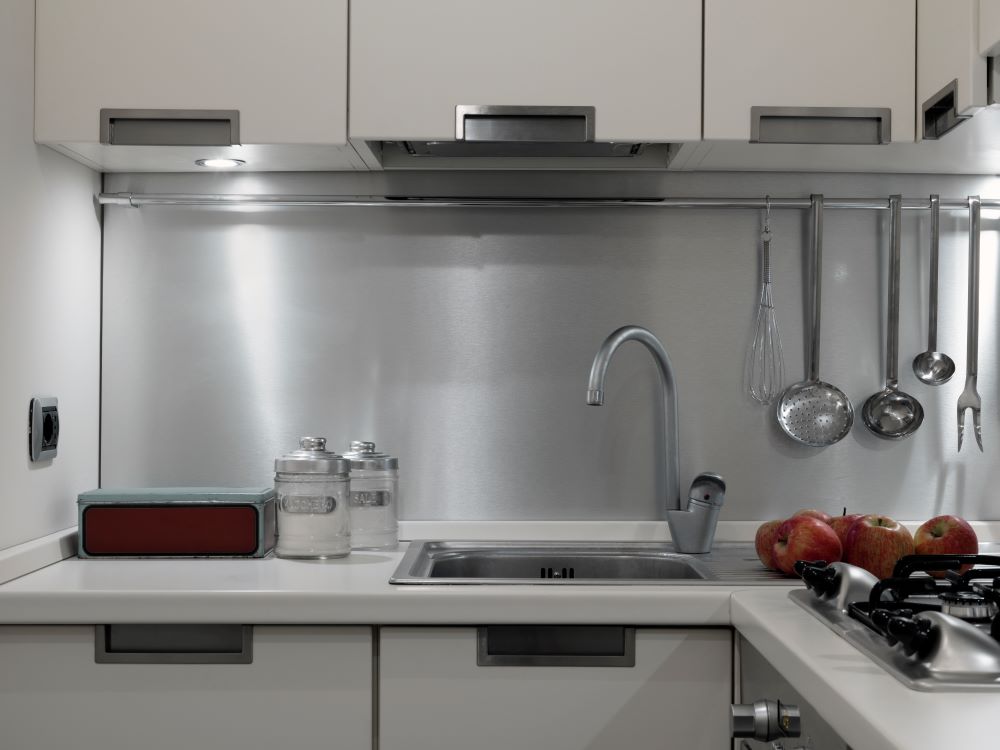
Laminates
Laminate sheets are the newest trend in kitchen backsplash design. If you’re looking for a backsplash material that is highly resistant to water, stains, and moisture, consider laminates. Because of its smooth surface, cleaning it is a breeze. In addition, laminates are more cost-effective than other materials like tiles and stones. They come in a lot of different colors, designs, textures, and prices, so you may find one that suits your taste and your budget.
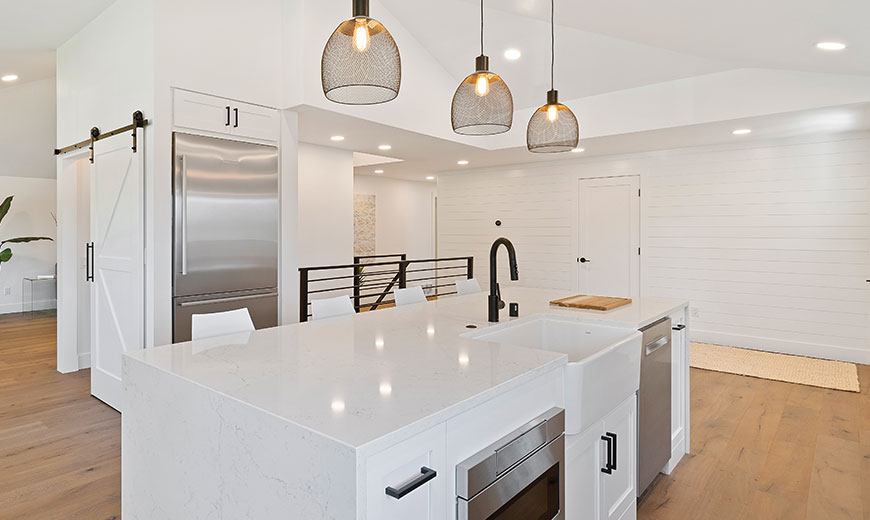
Composite and Peel-and-Stick Options
If you’re looking for an affordable and easy-to-install option for your kitchen backsplash, consider subway tiles made from composite materials or in peel-and-stick form. These alternatives are available in a wide range of colors and styles, so you can personalize your backsplash according to your preference. Plus, you can easily install them over the weekend, making them a fantastic option for any DIYer.
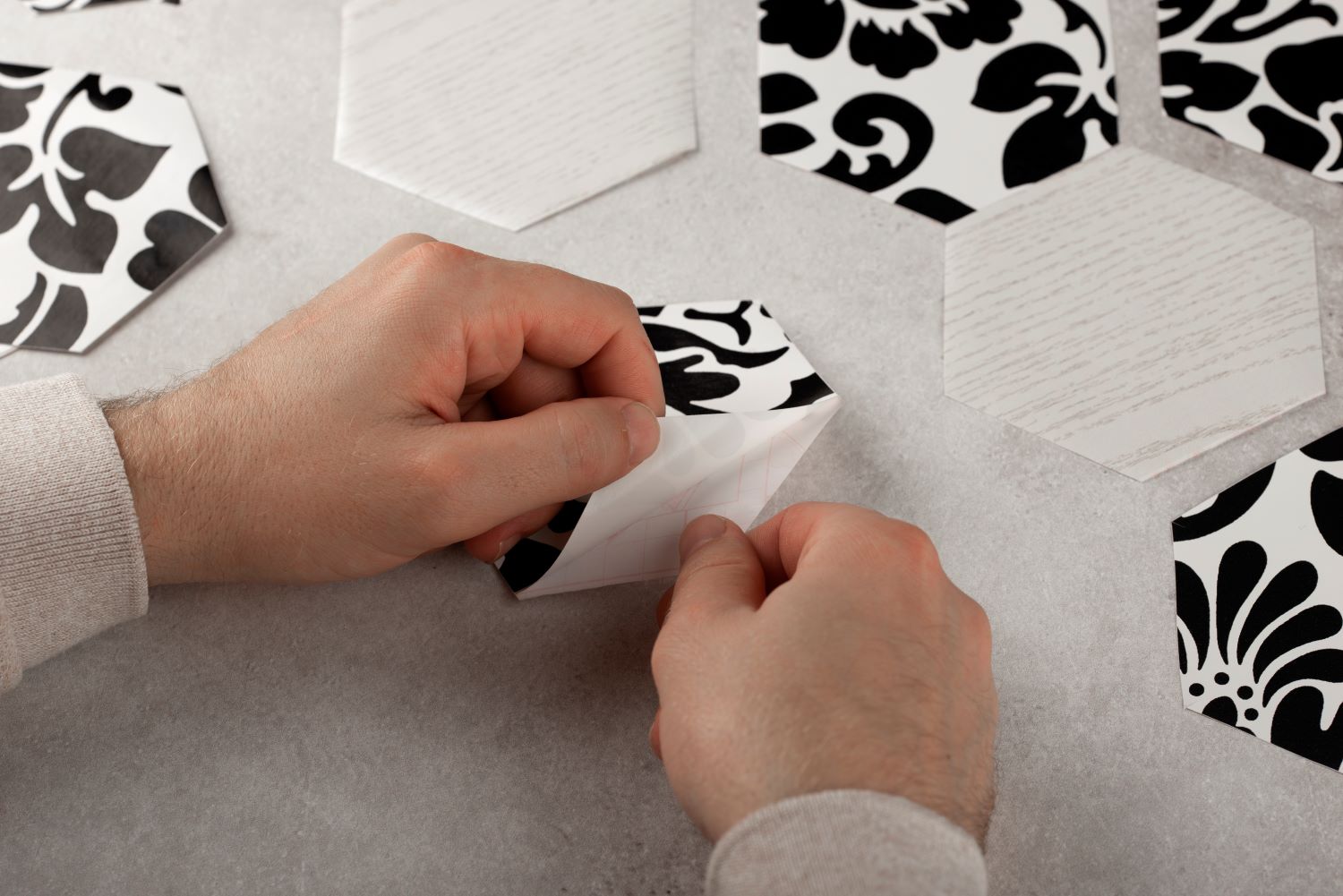
Cement Kitchen Backsplash
After considering various materials for your kitchen backsplash, you may want to explore the unique benefits of cement. A cement kitchen backsplash offers a durable, low-maintenance, and customizable solution that can elevate your kitchen’s style and functionality.
Concrete, Cement Backsplash Designs: Industrial to Chic
One of the most significant advantages of a cement kitchen backsplash is its versatility in design. You can choose from a wide range of styles, from industrial to chic, to match your kitchen’s aesthetic. For a modern look, you can opt for a sleek, polished concrete finish that resembles stone or marble. Alternatively, you can go for a more rustic, textured look that adds a touch of industrial charm to your kitchen.
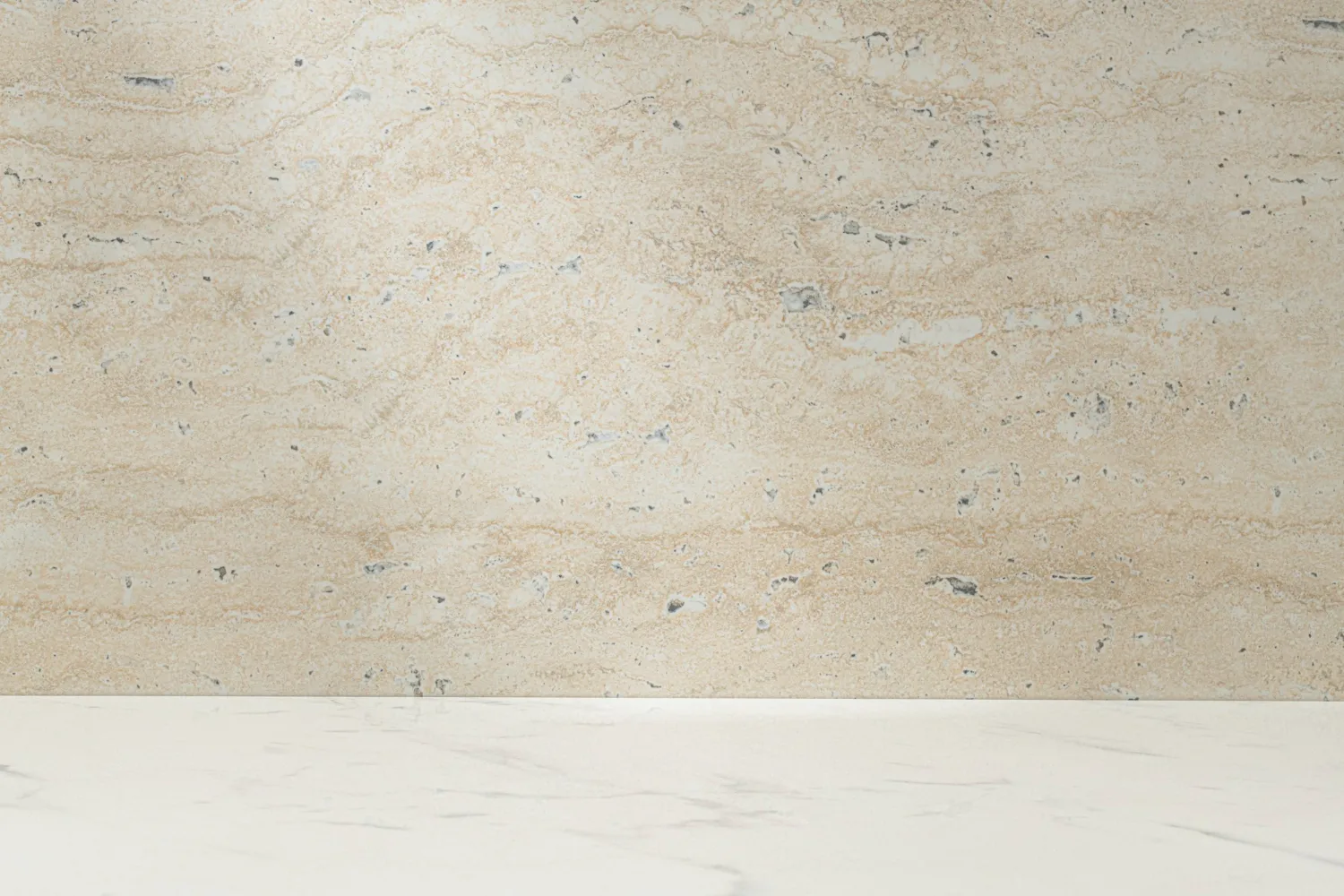
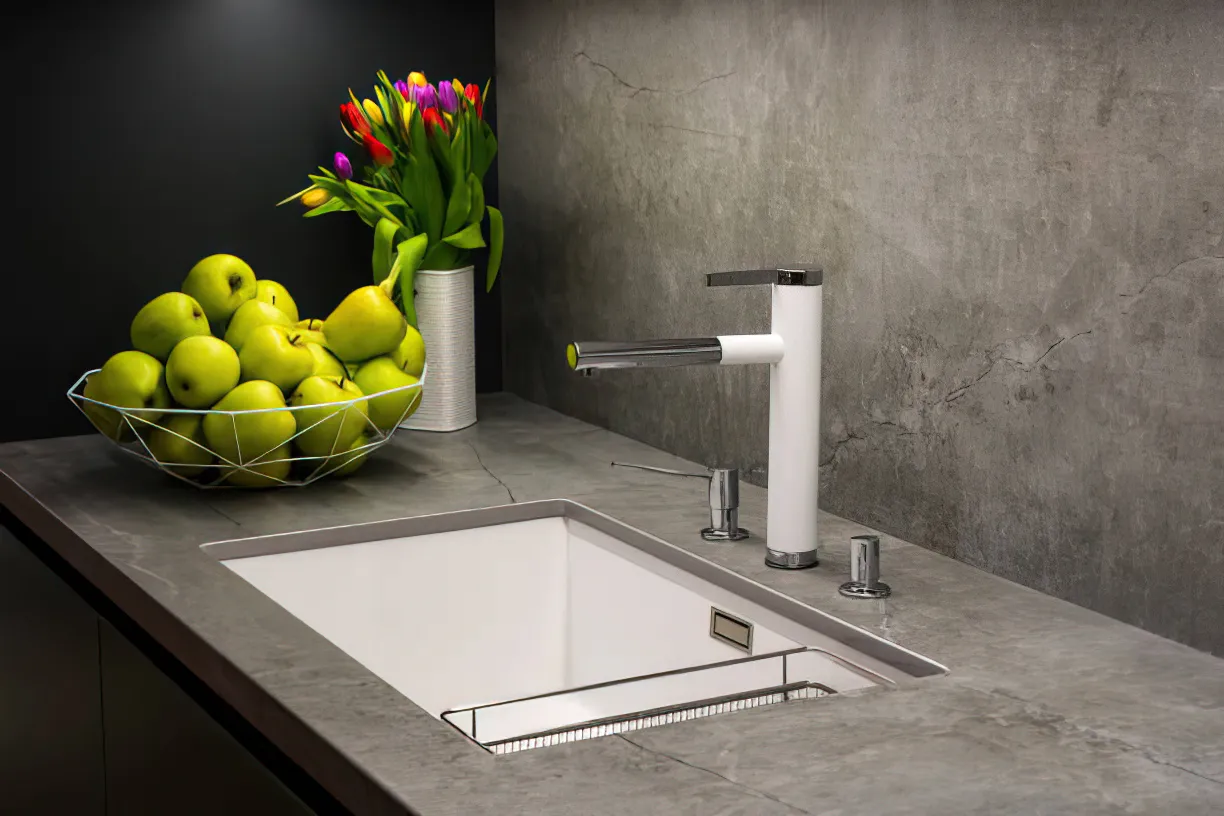
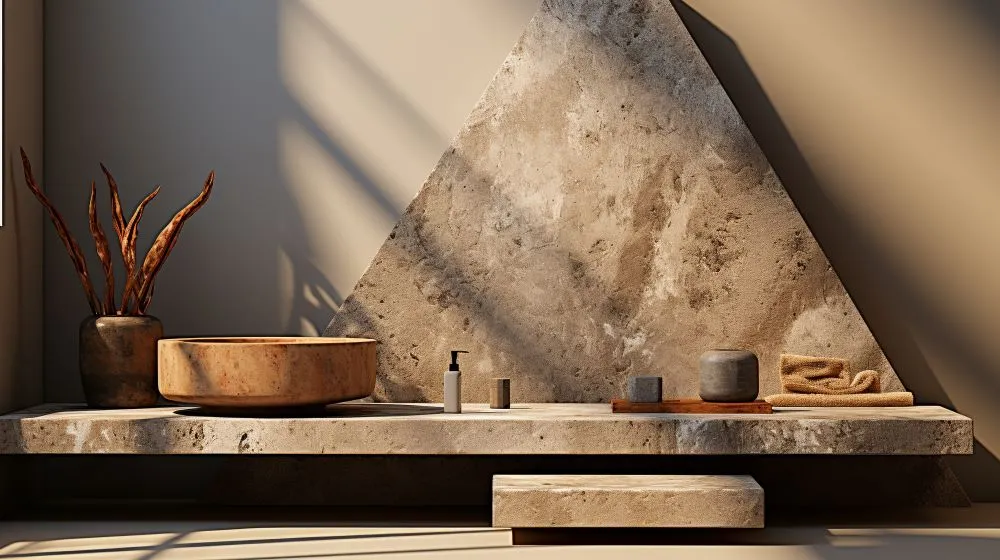
Final Words / Conclusion
So, as you initiate on the journey of selecting the perfect kitchen backsplash, understanding the diverse materials available is important for making an informed choice that reflects your personal style and meets your practical needs. Whether you prefer the classic appeal of ceramic and porcelain, the sleek modernity of glass, the rustic charm of stone, or the edgy vibe of metal, each material comes with unique qualities that can enhance the overall aesthetic of your space. By evaluating the benefits and considerations of these options, you can ensure that your backsplash not only complements your kitchen’s design but also stands the test of time.
FAQs About Types of Kitchen Backsplash Materials
What is the main purpose of a kitchen backsplash?
A kitchen backsplash serves two primary purposes: it protects the wall behind the sink and stove from water, heat, and stains, while also adding style and character to the kitchen. By choosing the right material and design, it can enhance the overall aesthetic and make the kitchen more visually appealing.
How do ceramic and porcelain tiles differ when used for backsplashes?
Ceramic tiles are made from a mixture of clays and are generally less dense, making them more prone to chipping and fading over time. Porcelain tiles are made from denser clay and fired at higher temperatures, making them more resistant to water and stains. Porcelain is also more colorfast than ceramic, which helps it maintain its appearance longer.
What are the advantages of using glass tiles for a kitchen backsplash?
Glass tiles offer a contemporary look and reflect light, making spaces appear larger and brighter. They are resistant to stains and high temperatures, making them suitable for kitchens. Additionally, glass tiles come in a wide range of colors, shapes, and finishes, allowing for great customization.
Is a stone backsplash worth the investment?
Yes, a stone backsplash can add a unique and natural element to your kitchen, enhancing its beauty and value. While they may require more maintenance than other materials, stone tiles are durable and resistant to heat. The distinct patterns and textures of different stone types can transform the look of your kitchen.
What is the difference between exposed brick and painted brick for backsplashes?
Exposed brick showcases the natural texture and color of the brick, providing an industrial and rustic style. Painted brick, on the other hand, allows for color customization to match your kitchen’s aesthetic, offering a more refined appearance. Both choices can effectively enhance the visual appeal of the space.
Are laminate backsplashes a cost-effective option?
Yes, laminate backsplashes are generally more budget-friendly than traditional materials like tiles or natural stone. They are highly resistant to water and stains and are available in various colors and designs, making them a practical choice for a modern kitchen. The smooth surface also makes them easy to clean.
What are peel-and-stick backsplashes, and who should consider them?
Peel-and-stick backsplashes consist of composite materials that can be easily applied to walls by removing the backing. They are an excellent choice for DIY enthusiasts looking for an affordable and easy installation option. Available in various styles and colors, they allow for customization without the need for advanced tools or professional installation.


